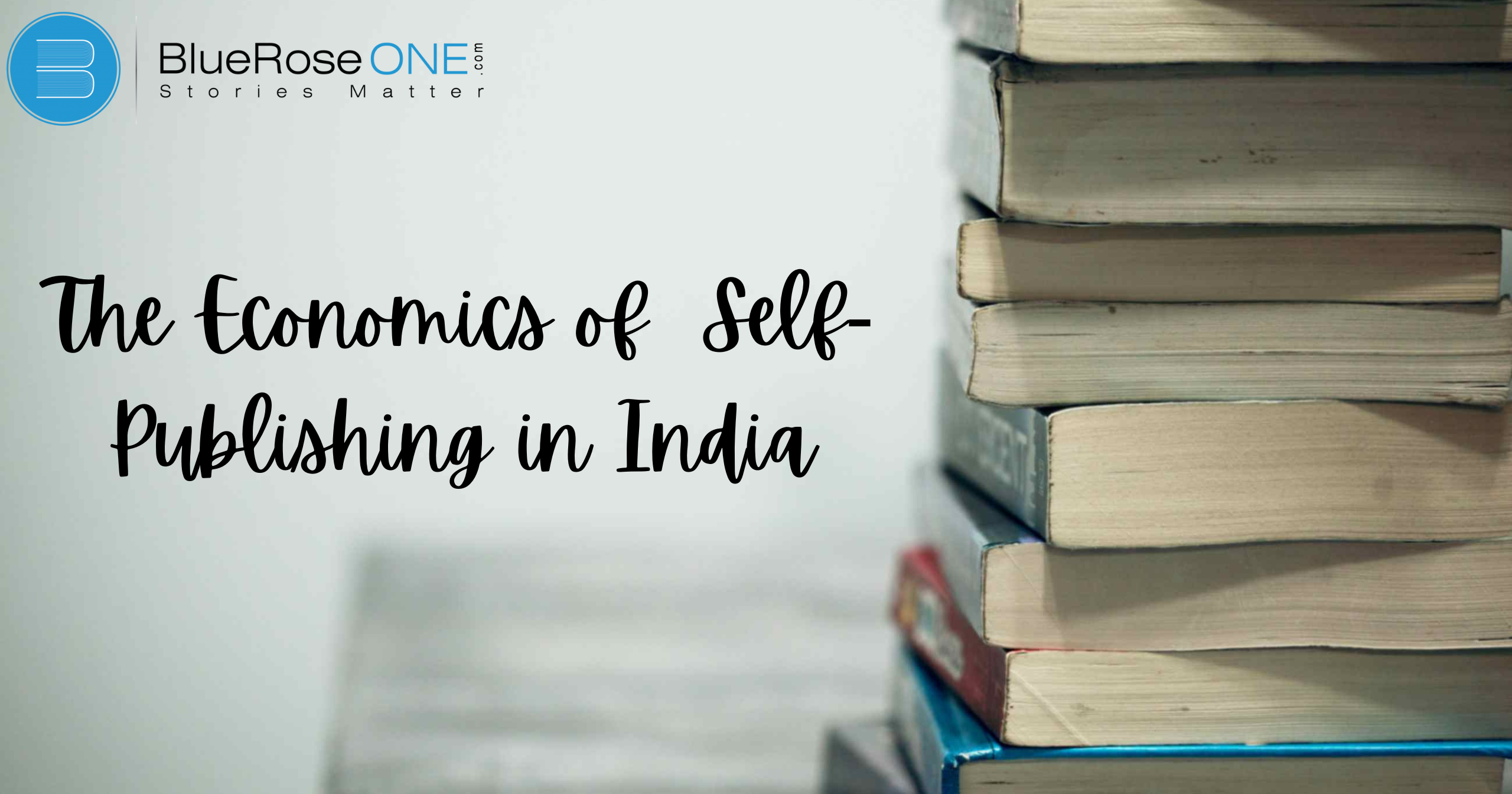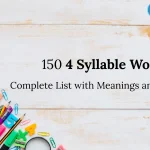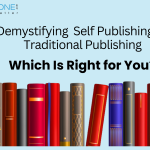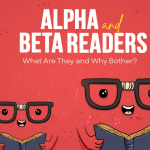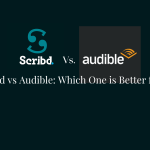Self-publishing in india has transformed the landscape of the publishing industry, offering authors a viable alternative to traditional publishing houses. With the rise of digital platforms and print-on-demand services, aspiring authors now have the opportunity to bring their stories to life without the need for a literary agent or a publishing contract. However, before diving into the world of self-publishing, it’s essential to understand the economics behind it.
Self-Publishing
In the past, authors faced numerous barriers to entry when trying to get their books published. Traditional publishing routes often involved lengthy submission processes, rejection letters, and minimal control over the final product. Self-publishing, on the other hand, empowers authors to take matters into their own hands by overseeing every aspect of the publishing process, from writing to distribution.
Initial Costs of Self-Publishing
ISBN Acquisition
One of the first expenses that self-published authors encounter is the acquisition of International Standard Book Numbers (ISBNs). These unique identifiers are essential for tracking sales and distribution channels and are typically required for each format of a book (e.g., paperback, e-book, audiobook).
Editing and Proofreading
Investing in professional editing and proofreading services is crucial for ensuring the quality and readability of a book. While some authors may choose to self-edit, hiring experienced editors can help catch grammatical errors, plot inconsistencies, and improve overall coherence.
Cover Design
Readers often judge books by their covers, making cover design a critical aspect of self-publishing success. Hiring a skilled graphic designer to create an eye-catching cover can significantly impact a book’s visibility and appeal to potential readers.
Formatting and Layout
Formatting a manuscript for various publishing platforms, such as Amazon Kindle or IngramSpark, requires technical expertise and attention to detail. Authors may opt to hire formatting specialists to ensure that their books meet industry standards and display correctly on different devices.
You may also like: Top 10 Best Biographies of All Time
Distribution Channels and Associated Costs of Self Publishing
Print-on-Demand Services
Print-on-demand (POD) services enable authors to publish paperback copies of their books without the need for large print runs or inventory storage. Companies like Amazon’s Kindle Direct Publishing (KDP) and IngramSpark offer POD services, charging authors a per-unit printing fee and a percentage of each sale.
E-book Platforms
Publishing e-books through platforms like Amazon KDP, Apple Books, and Smashwords allows authors to reach a global audience of digital readers. While e-book distribution eliminates printing and shipping costs, authors must navigate platform-specific royalty structures and marketing opportunities.
Audiobook Distribution
With the growing popularity of audiobooks, self-published authors can expand their reach by producing audio versions of their books. Audiobook distribution platforms like Audible ACX provide authors with royalty-sharing options and production services, albeit with upfront costs for narration and editing.
Marketing and Promotion Expenses
Social Media Advertising
Promoting a self-published book through social media channels like Facebook, Instagram, and Twitter can help increase visibility and generate buzz among target audiences. However, running targeted advertising campaigns may require budget allocation for ad spend and creative assets.
Book Launch Events
Hosting book launch events, either in-person or virtually, presents an opportunity for authors to engage with readers, garner media coverage, and drive initial sales. The whole marketing budget should account for costs related to venue leasing, catering, and advertising supplies.
Email Marketing Campaigns
You may also like: From Page to Sound: How Audio Books Have Transformed Reading
Building an email list of subscribers interested in the author’s work enables direct communication and ongoing promotion of new releases and special offers. Investing in email marketing software and content creation for newsletters can yield long-term benefits in cultivating reader relationships.
Calculating Royalties and Profit Margins
Royalties from Different Platforms
Each distribution channel offers varying royalty rates and payout structures based on factors such as book price, sales volume, and exclusivity agreements. Authors should carefully evaluate the terms of service and royalty calculators provided by platforms to estimate potential earnings.
Break-even Point Analysis
Determining the break-even point—the point at which total revenue equals total expenses—provides valuable insights into the financial viability of a self-published book. By analyzing production costs, distribution fees, and marketing expenditures, authors can set realistic sales goals and pricing strategies.
You may also like: The Digital Libraries: Exploring the World of Reading Books
Factors Influencing Profitability
Genre and Target Audience
The profitability of a self-published book often depends on its genre and appeal to a specific target audience. Niche genres with dedicated fan bases may command higher prices and generate more substantial royalties than saturated markets with intense competition.
Pricing Strategies
Balancing affordability with perceived value is key when setting book prices in the self-publishing market. Authors must consider factors such as genre conventions, reader expectations, and comparative pricing analysis to optimize sales potential without undercutting profitability.
Time Investment vs. Return
Self-publishing requires a significant time investment in writing, editing, marketing, and administration tasks. Authors should realistically assess their available resources and prioritize activities that yield the highest return on investment in terms of sales and audience engagement.
Success Stories and Case Studies
Exploring success stories and case studies of self-published authors can provide valuable insights and inspiration for newcomers to the industry. From breakout indie sensations to established bestsellers, each journey offers lessons in perseverance, innovation, and adaptation to market trends.
Frequently Asked Questions
The cost of self-publishing can vary depending on factors such as editing, cover design, and distribution channels. On average, authors can expect to spend anywhere from a few hundred to several thousand dollars.
Royalty rates for self-published authors vary by platform and sales volume but generally range from 35% to 70% of the list price for e-books and 10% to 60% for print books.
The time it takes to recoup self-publishing expenses depends on factors such as book sales, pricing, and marketing efforts. Some authors may break even within a few months, while others may take longer to see a return on investment.
Common mistakes in self-publishing include neglecting professional editing, underestimating marketing efforts, setting unrealistic pricing, and overlooking distribution channels. Authors should prioritize quality, research, and strategic planning to maximize success.

